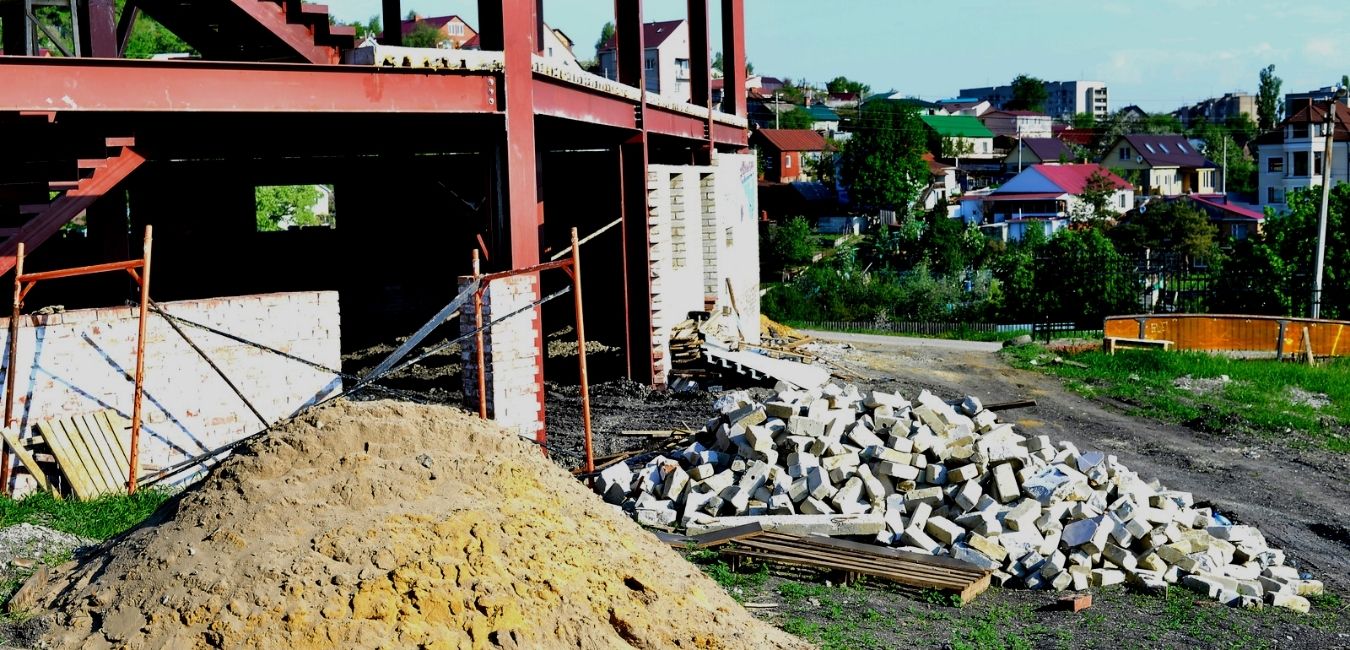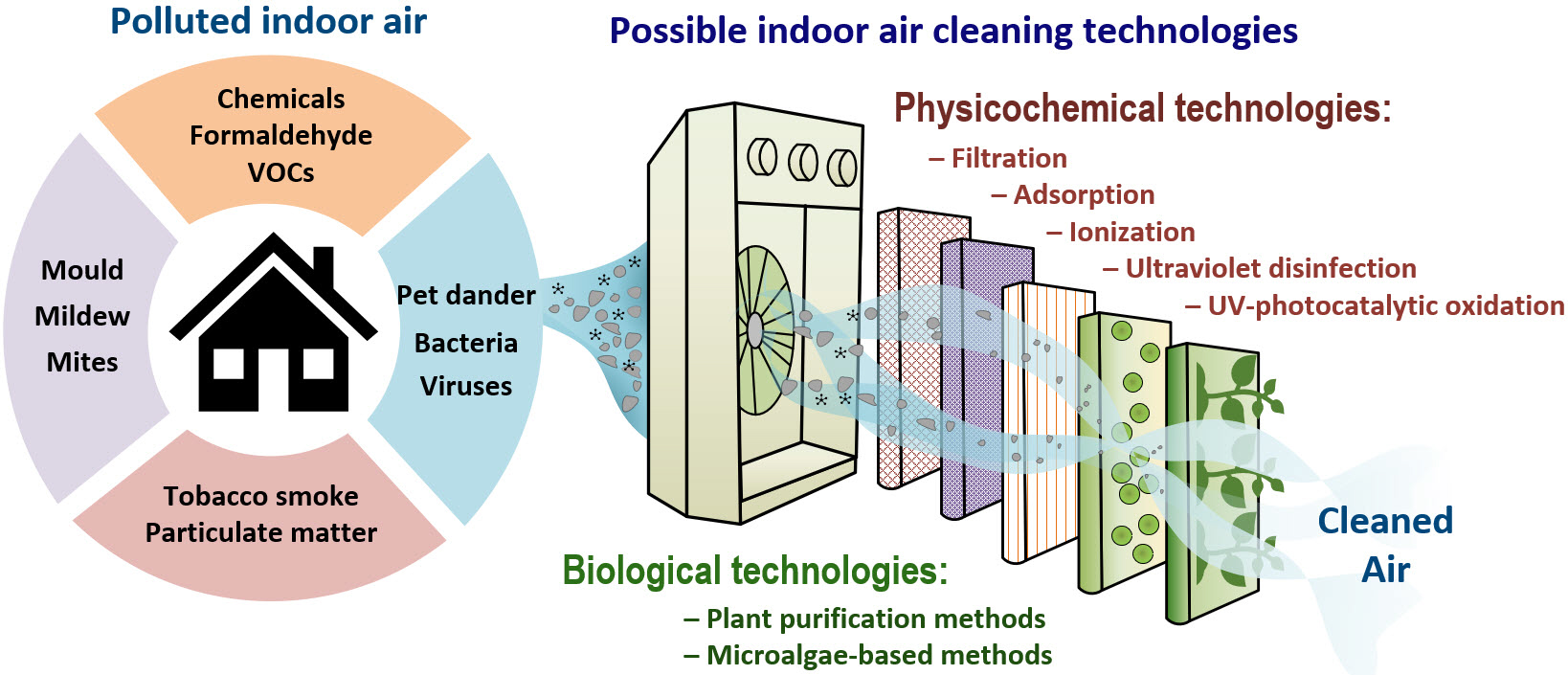The landscape of industrial construction is continually evolving, driven by the relentless pursuit of efficiency, sustainability, and technological innovation. This evolution has been particularly evident in the realm of building materials, where new discoveries and advancements are setting new standards for strength, durability, and environmental impact. This article delves into the groundbreaking materials that are reshaping industrial building construction, illustrating how they cater to the modern demands of the industry.
Advanced Composites: The New Frontier
One of the most significant advancements in construction materials is the development of advanced composites. These materials, typically made from a combination of fibers like carbon or glass embedded in a plastic resin, offer an unparalleled strength-to-weight ratio. This characteristic is vital in industrial construction, where large-scale structures require materials that can withstand extreme loads without adding excessive weight. Advanced composites also resist corrosion, a critical factor in industrial environments where exposure to chemicals and moisture is common.
Self-Healing Concrete: A Leap in Durability
Concrete remains a staple in industrial construction, but recent innovations have significantly enhanced its properties. Self-healing concrete, for instance, contains a bacteria that produces limestone when exposed to water and air. This process effectively seals cracks that develop over time, dramatically extending the life of concrete structures. This self-healing capability not only reduces maintenance costs but also enhances the structural integrity of industrial buildings, making them safer and more durable.
Thermally Modified Wood: Combining Tradition and Technology
In an industry often dominated by metal and concrete, wood is making a surprising comeback, thanks to thermal modification. This process involves heating wood to high temperatures in the absence of oxygen, fundamentally changing its chemical structure. The result is a material that is more resistant to moisture, decay, and insects, making it suitable for industrial applications where such qualities are essential. Additionally, thermally modified wood offers a sustainable alternative to traditional construction materials, aligning with the growing emphasis on environmental responsibility in construction.
Aerogels: The Lightest Solids on Earth
Aerogels, often touted as the lightest solids on Earth, are making their mark in industrial construction. Composed of over 90% air, these materials provide exceptional thermal insulation and are increasingly used in industrial building envelopes. Their lightweight nature also reduces the load on structural elements, offering new possibilities in architectural design and construction efficiency.
Adapting to Thermal Movement in Construction
In the realm of industrial construction, accommodating thermal movement is a critical design consideration. This is where materials like expansion bellows come into play, providing the necessary flexibility to handle the expansion and contraction of building materials. Expansion bellows/joints are essential in long stretches of structures like pipelines, bridges, and industrial floors, where temperature variations can cause significant movement. They act as a buffer, absorbing the stress induced by thermal expansion or contraction, thereby preventing structural damage. This integration of flexibility into building design exemplifies the innovative approach to managing the dynamic nature of construction materials.
Photovoltaic Glass: Harnessing Energy from the Sun
The integration of renewable energy into building materials has taken a significant leap with the advent of photovoltaic (PV) glass. This material functions as both a building element and a solar panel, capable of generating electricity while allowing light to pass through.
In industrial construction, where large roof surfaces and facades are common, PV glass offers a dual benefit of energy generation and aesthetic appeal. Moreover, it contributes to the building’s energy efficiency, reducing the reliance on external power sources.
Graphene: The Wonder Material
Graphene, often labeled as a ‘wonder material,’ is finding its way into industrial construction. Known for being stronger than steel and more conductive than copper, graphene-enhanced materials are revolutionizing construction practices. When added to traditional materials like concrete or steel, graphene imparts enhanced strength, durability, and electrical conductivity. This not only opens up new avenues in construction design but also paves the way for smart, connected industrial buildings.
Conclusion
The realm of industrial building construction is witnessing a revolution, driven by innovative materials that promise to redefine the norms of strength, durability, and environmental impact. From advanced composites and self-healing concrete to thermally modified wood and aerogels, these materials are setting new benchmarks in construction. The integration of expansion joints shows a nuanced understanding of the material dynamics, ensuring longevity and structural integrity. As we embrace these innovations, the future of industrial construction looks more efficient, sustainable, and adaptable than ever before, poised to meet the challenges of the modern world with ingenuity and resilience.





